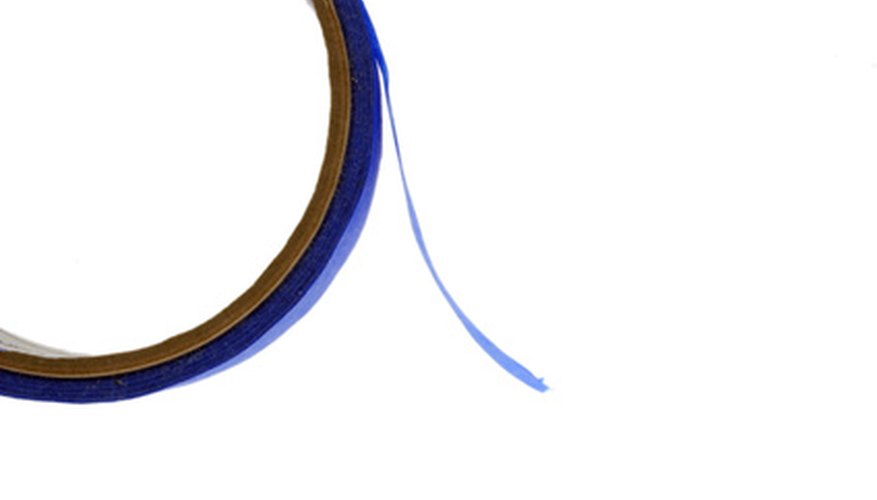Before you paint nickel-plated metal, you must prepare the surface for paint adhesion. Nickel plating is a durable, nonporous surface. This makes it a poor candidate for painted finishes. Before the nickel plating will accept paint, it requires pre-treatment with a special acidic primer, formulated with the ability to etch durable metallic surfaces. Once you've properly conditioned the nickel-plated metal, it can be painted. Apply a durable enamel to avoid flaking. Apply the enamel in the correct manner so you won't be disappointed in the final finish.
- Before you paint nickel-plated metal, you must prepare the surface for paint adhesion.
Clean the nickel-plated metal with a water-based degreaser, using a coarse sponge. Rinse the degreaser off with wet rags and dry the metal with towels.
Protect portions of the metal you do not want painted by covering them with painter's tape. Protect flooring with dust sheets.
Coat the nickel plating with a galvanised metal-etching spray primer. Spray in a side-to-side, sweeping motion. Maintain an 8-inch distance between the nickel plating and the spray nozzle at all times. Wait four hours for the metal to dry.
- Clean the nickel-plated metal with a water-based degreaser, using a coarse sponge.
- Coat the nickel plating with a galvanised metal-etching spray primer.
Coat the primed nickel plating with spray enamel. Spray in a side-to-side, sweeping motion, keeping the spray nozzle at least 8 inches from the nickel plating. Wait four hours for the enamel to dry.
WARNING
Do not prime over unwashed nickel-plated metal, or you may have problems with adhesion. Do not paint directly over unprimed nickel-plated metal, or the finish will peel. Do not use ordinary latex, acrylic or oil primers on nickel plating, or the finish will flake.
